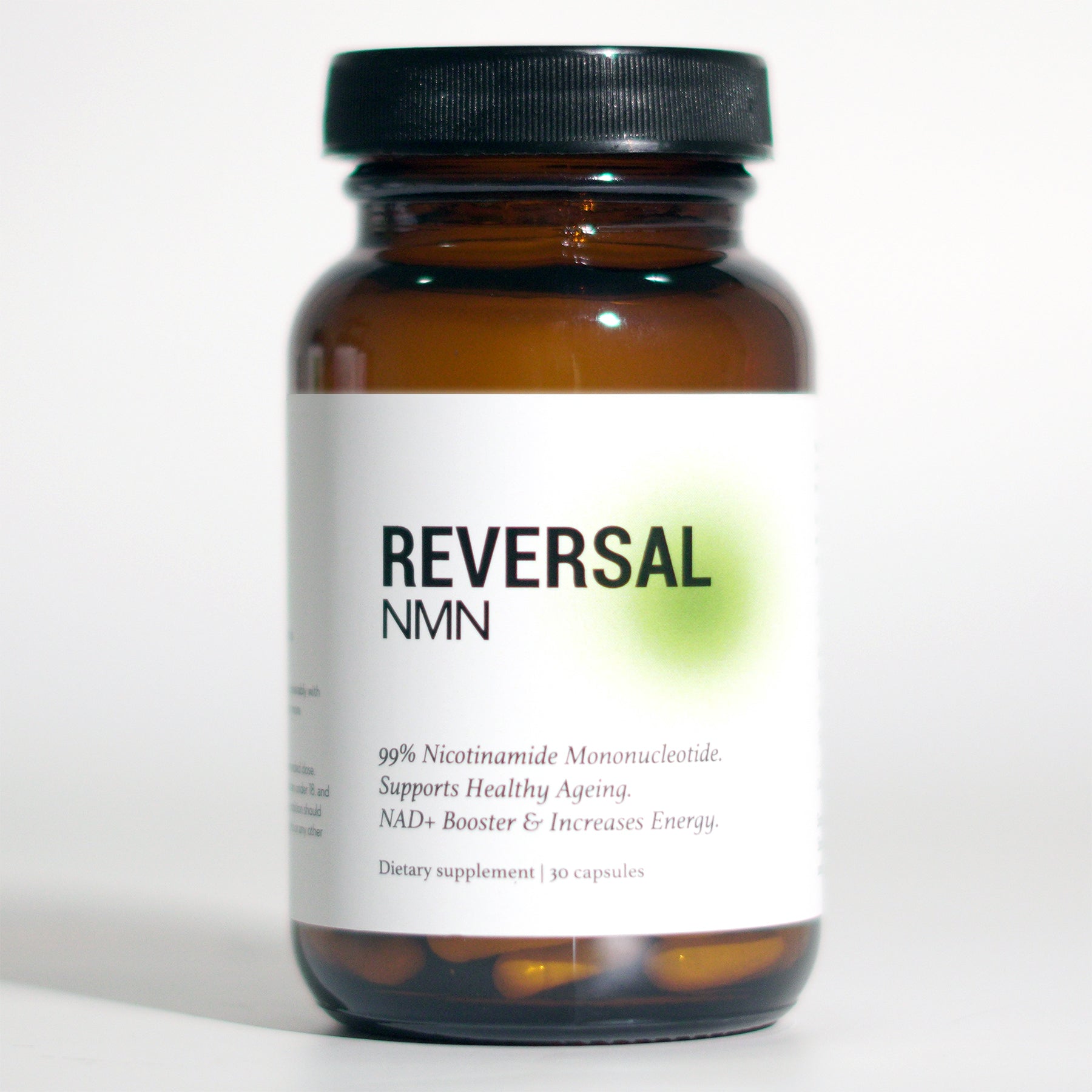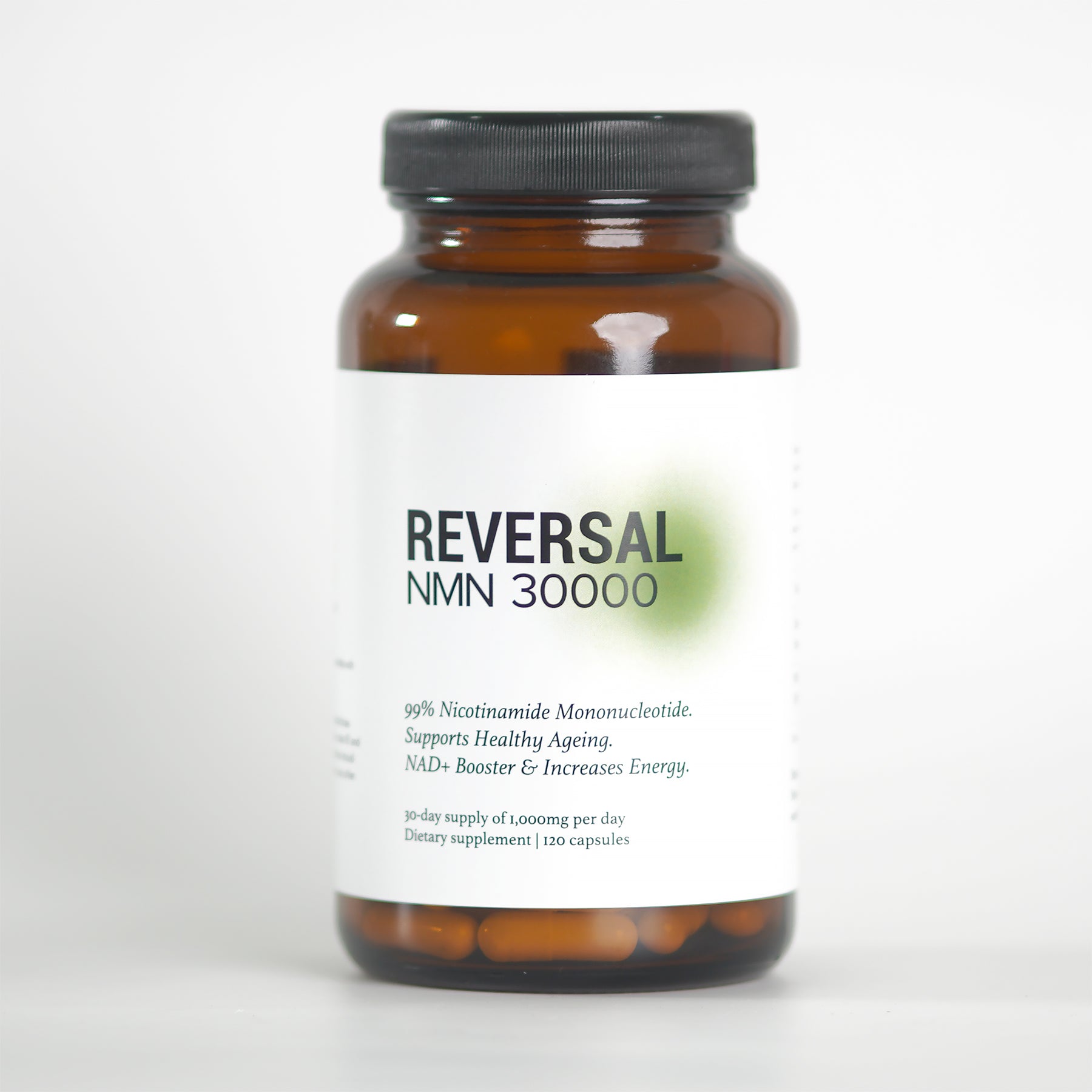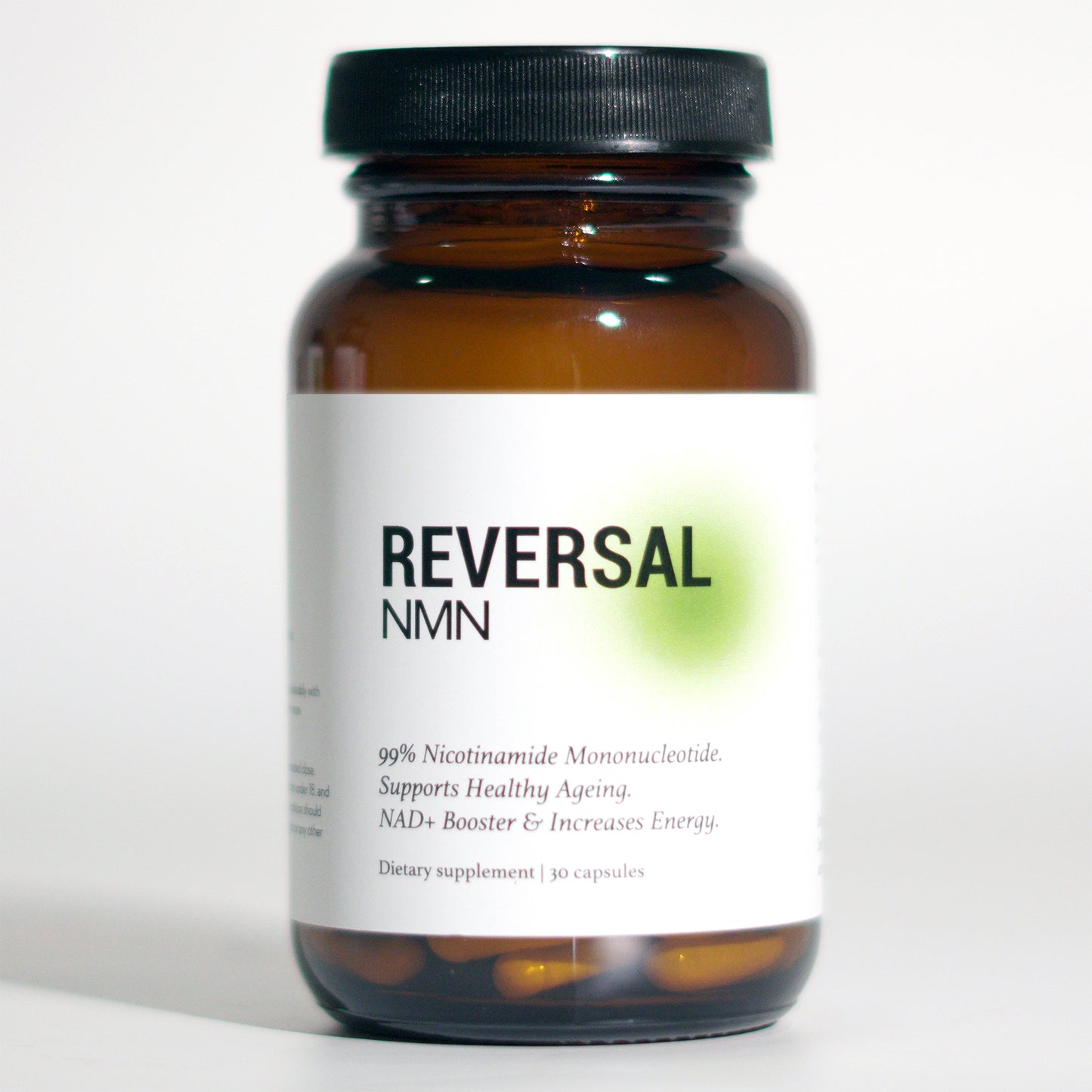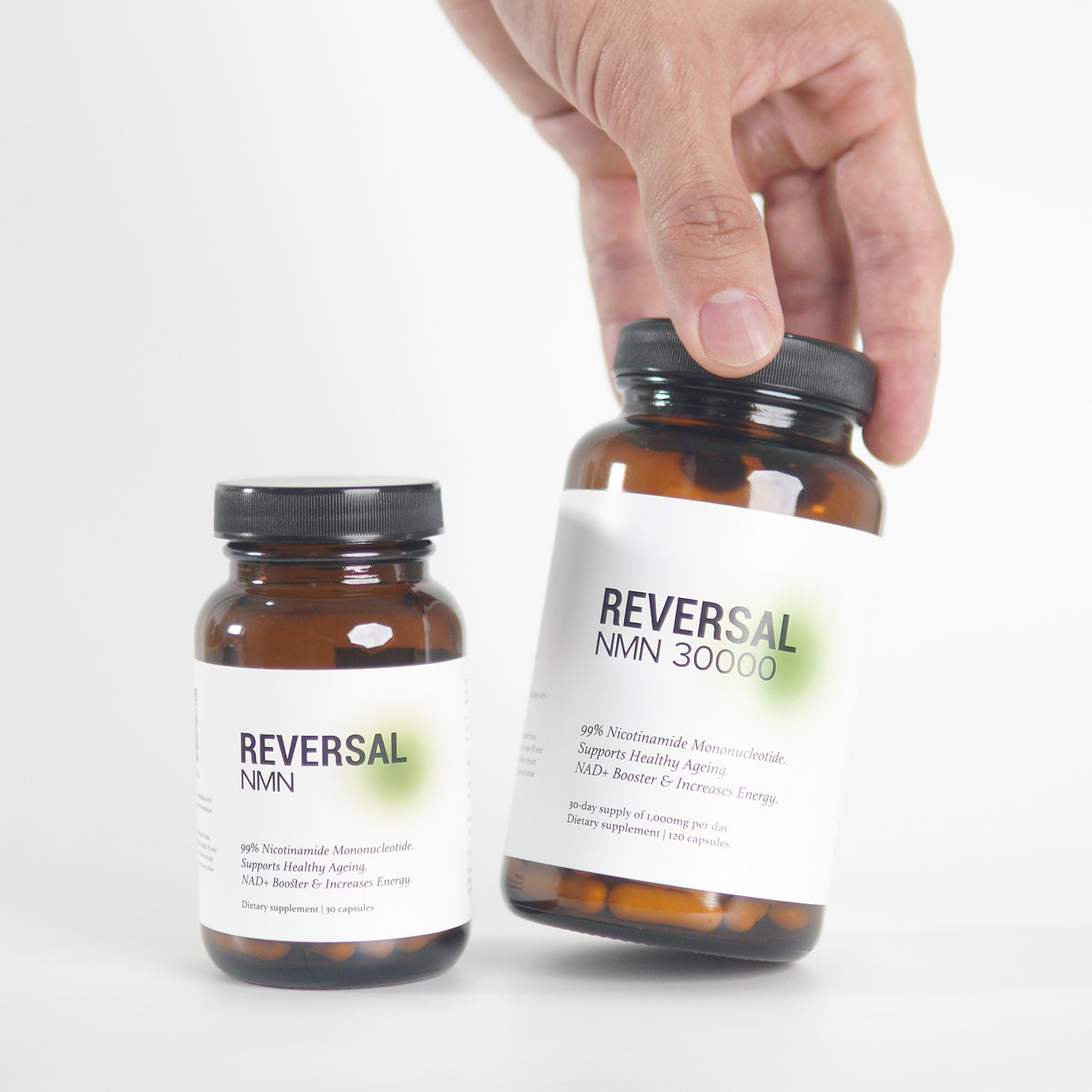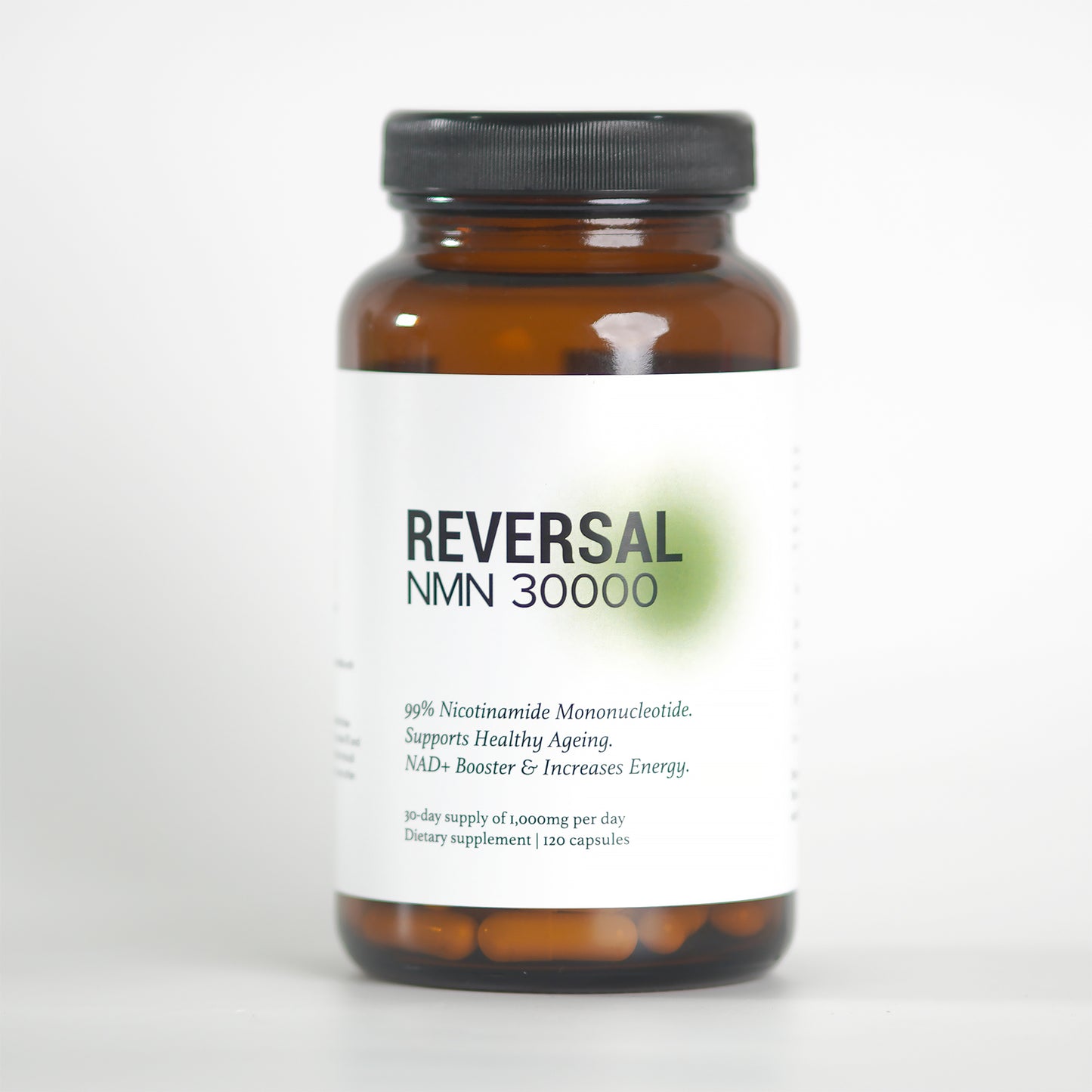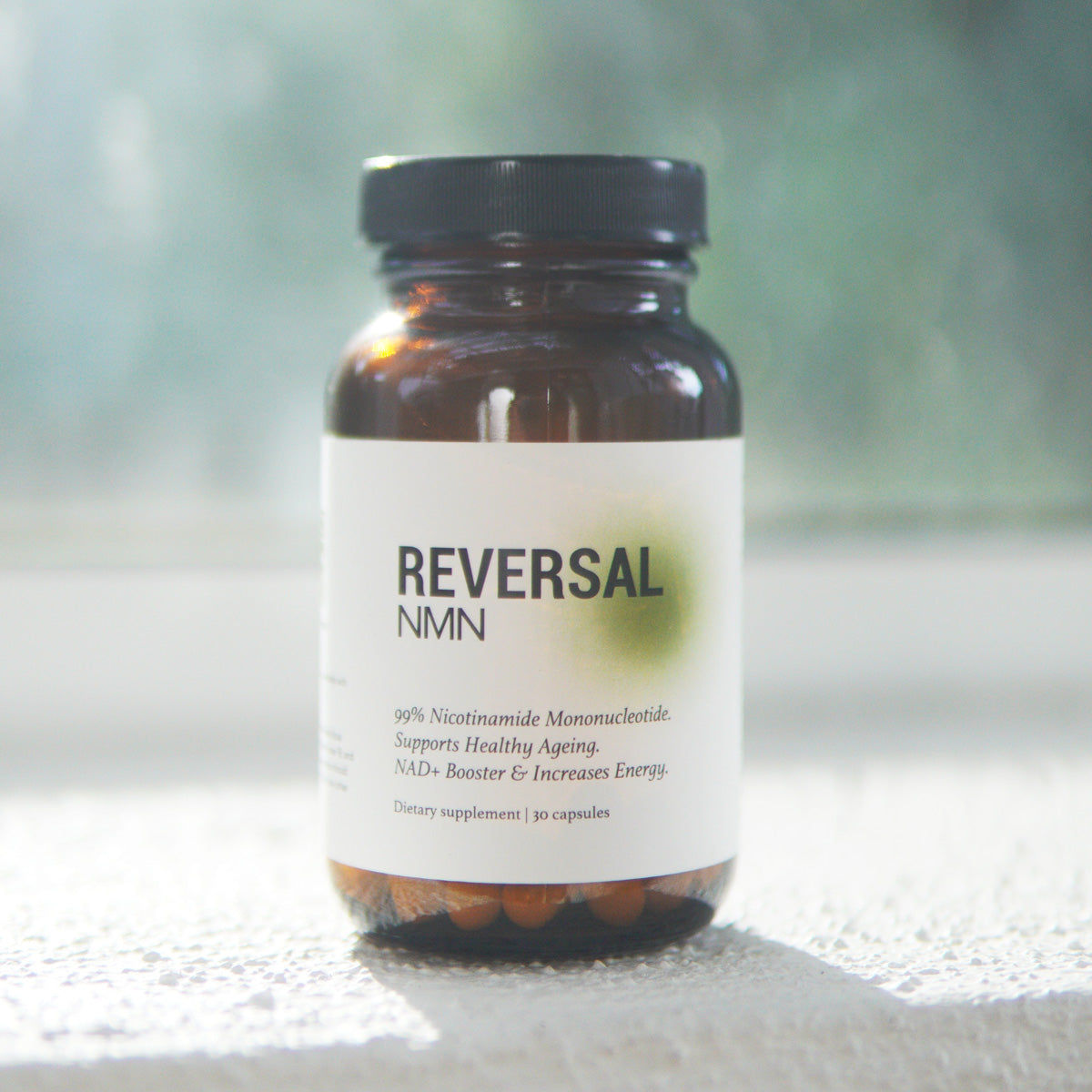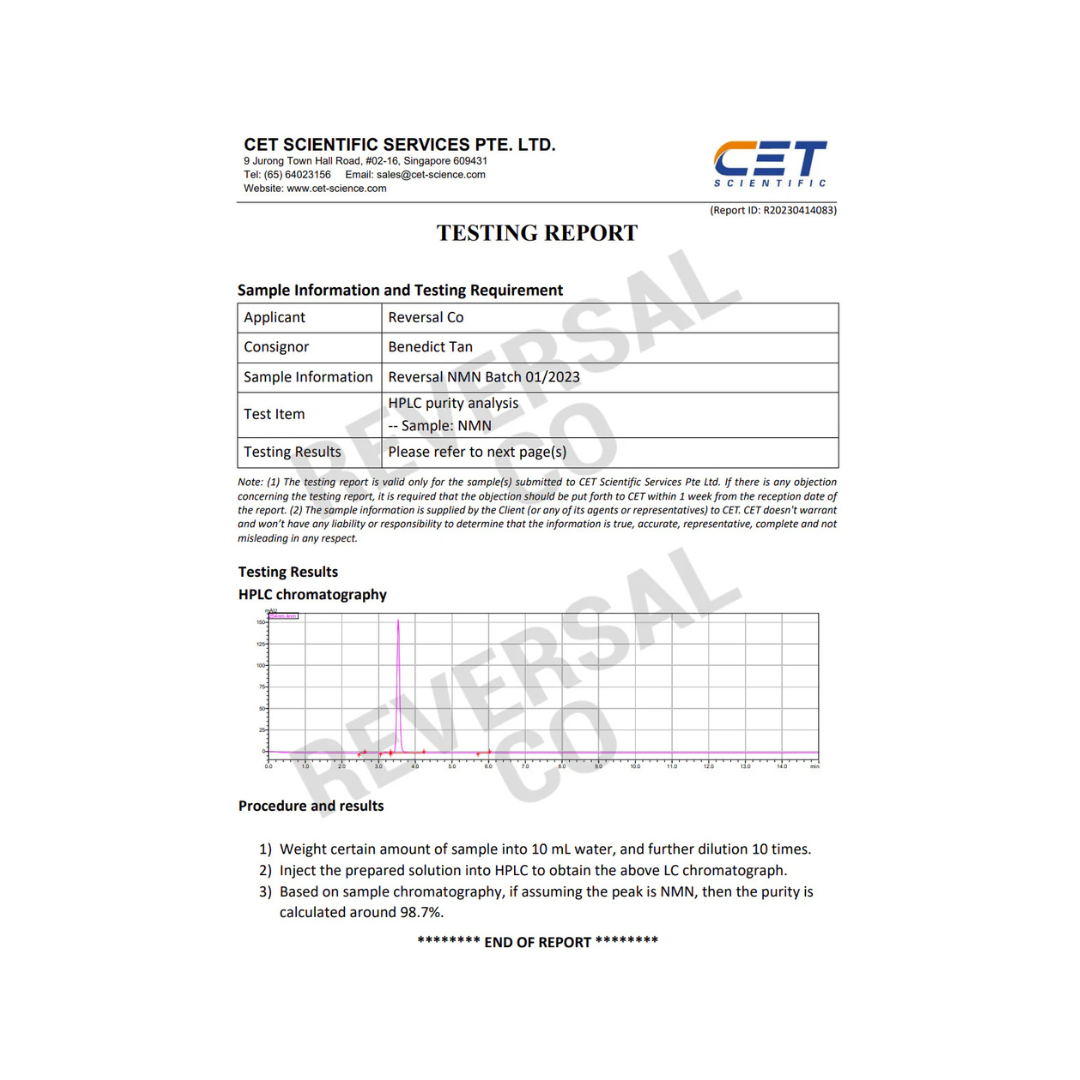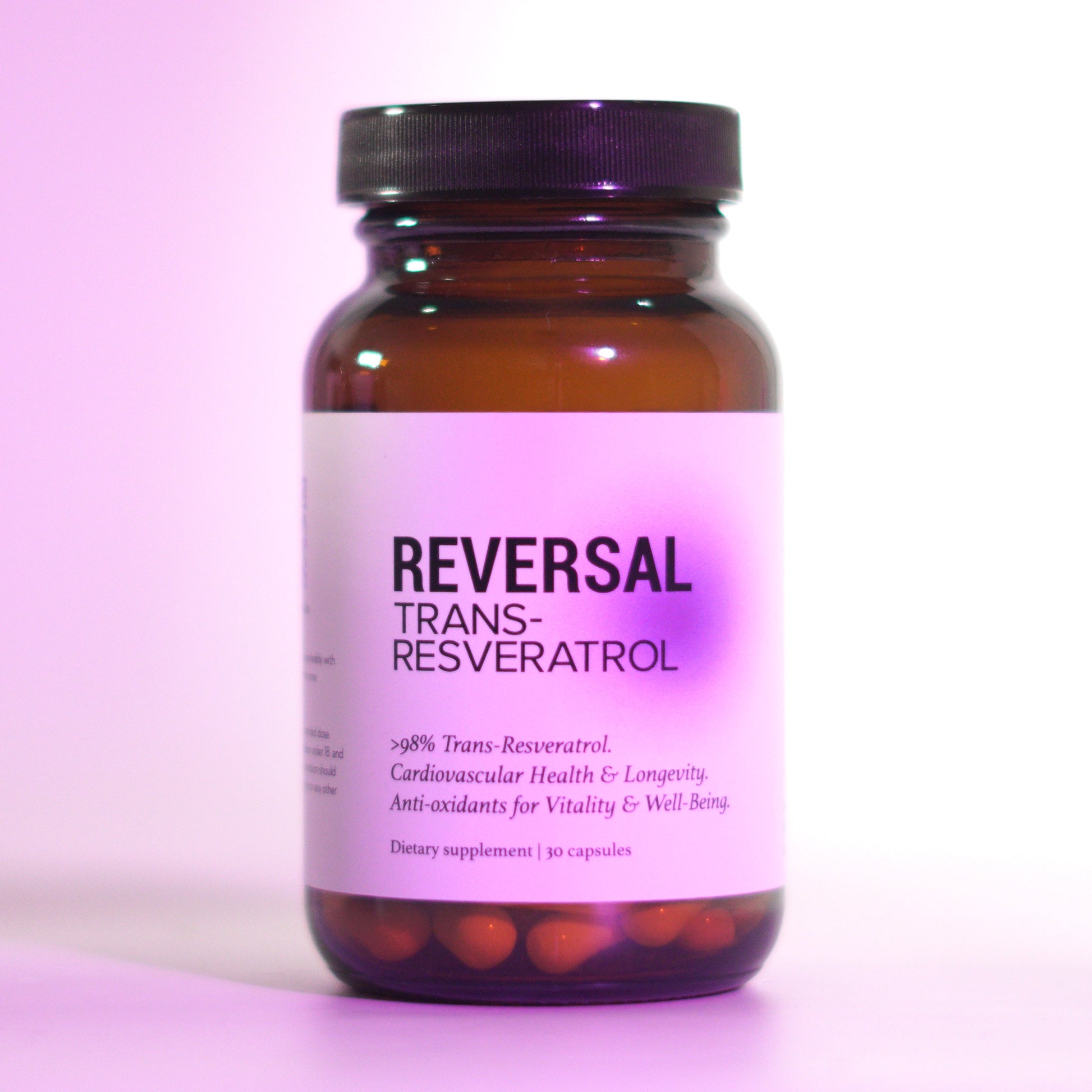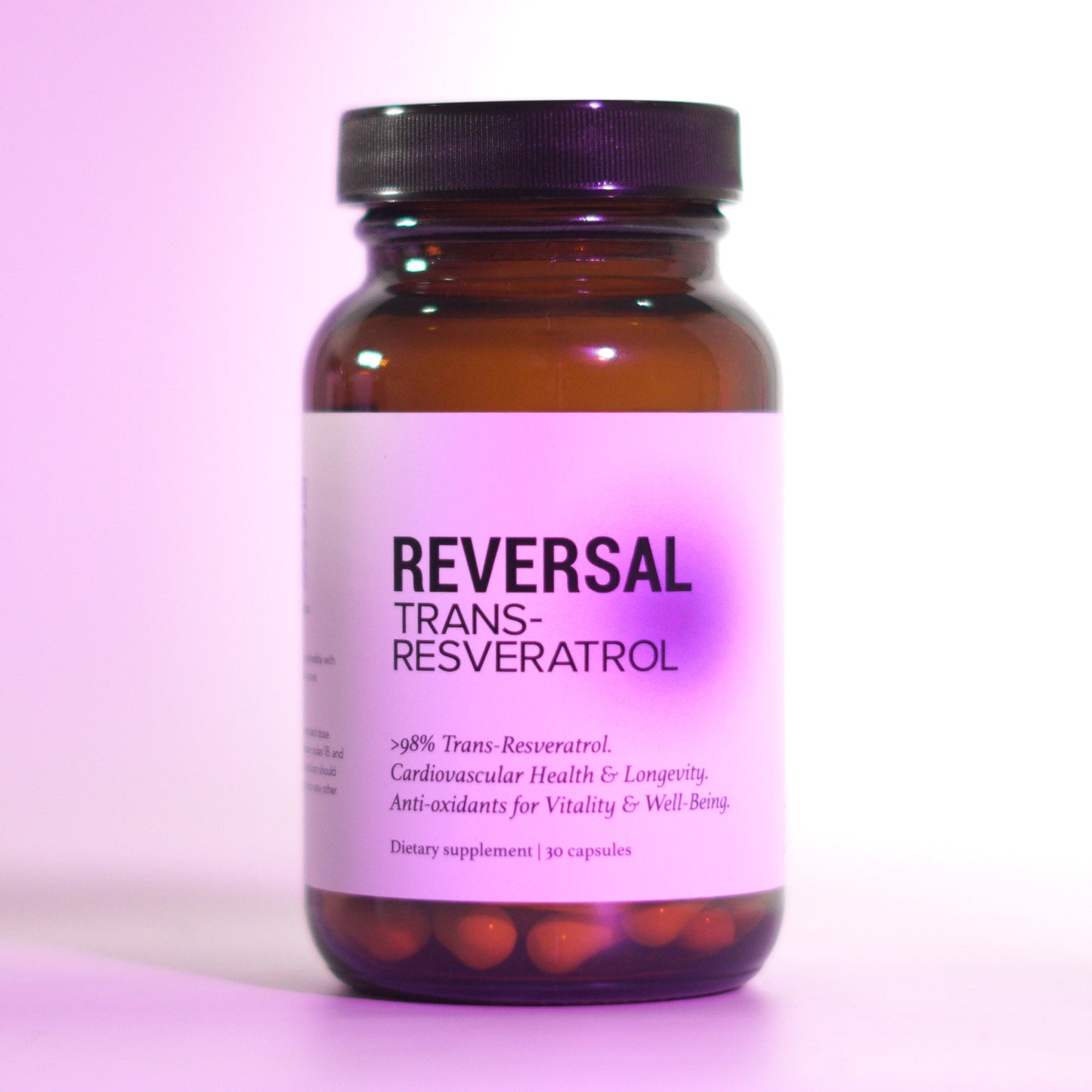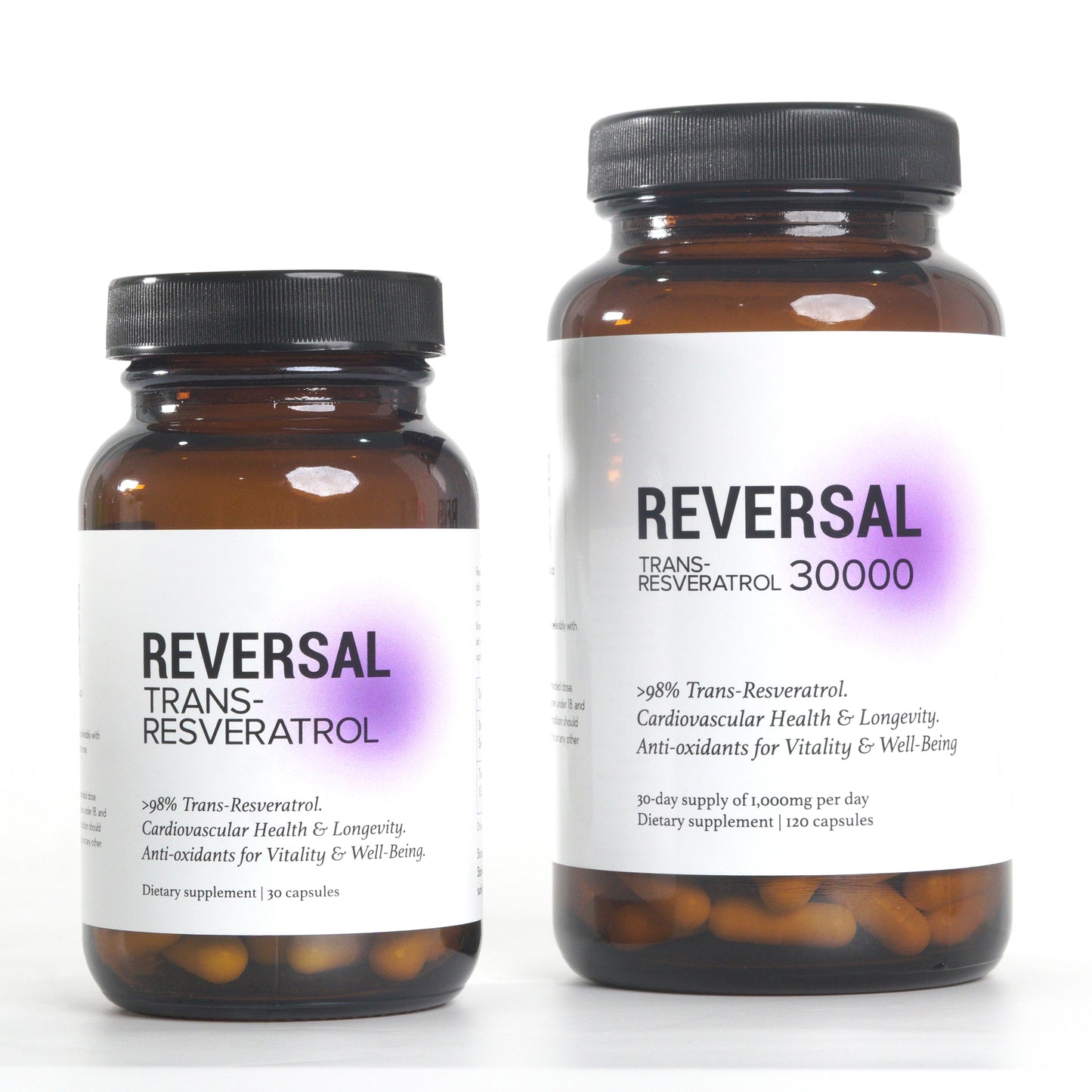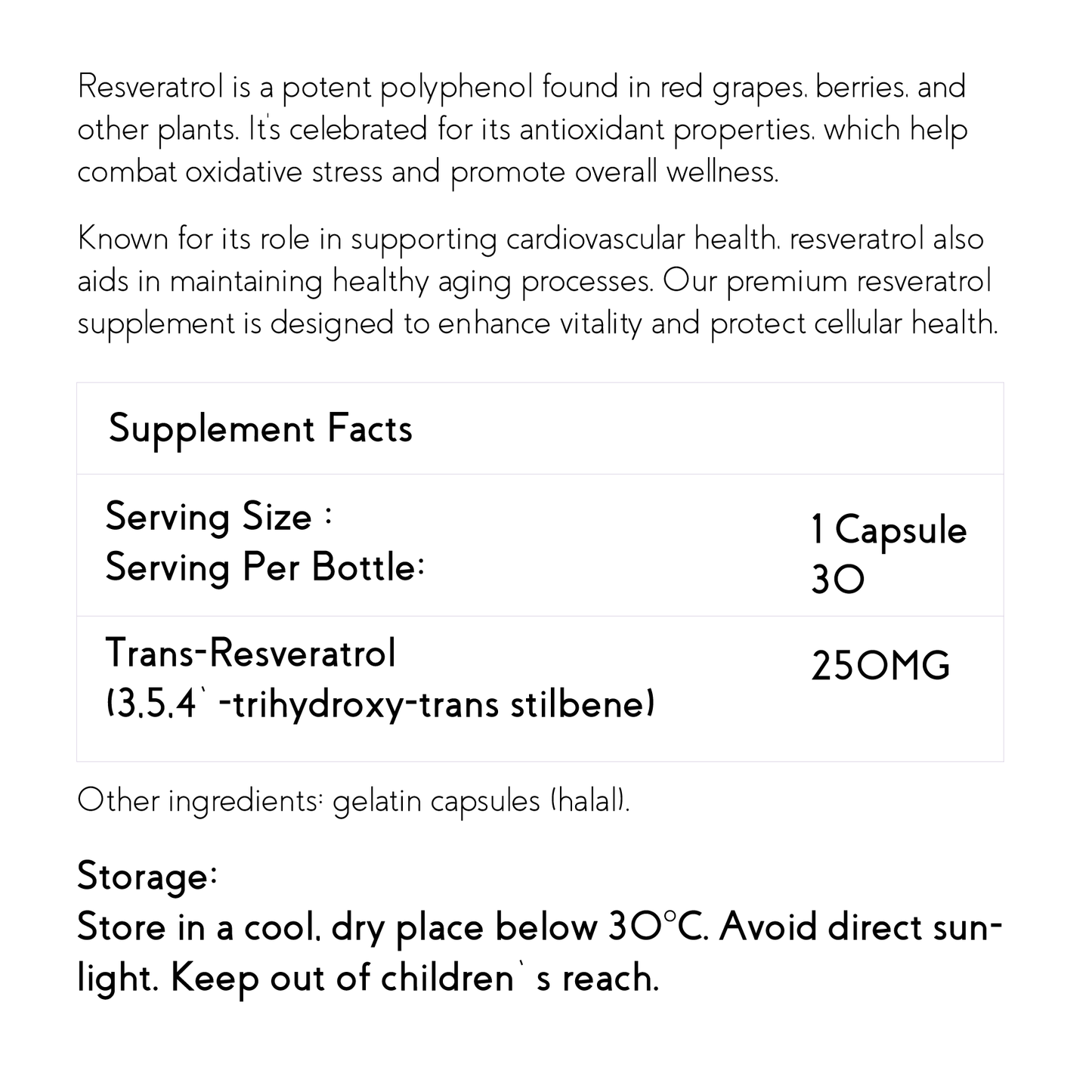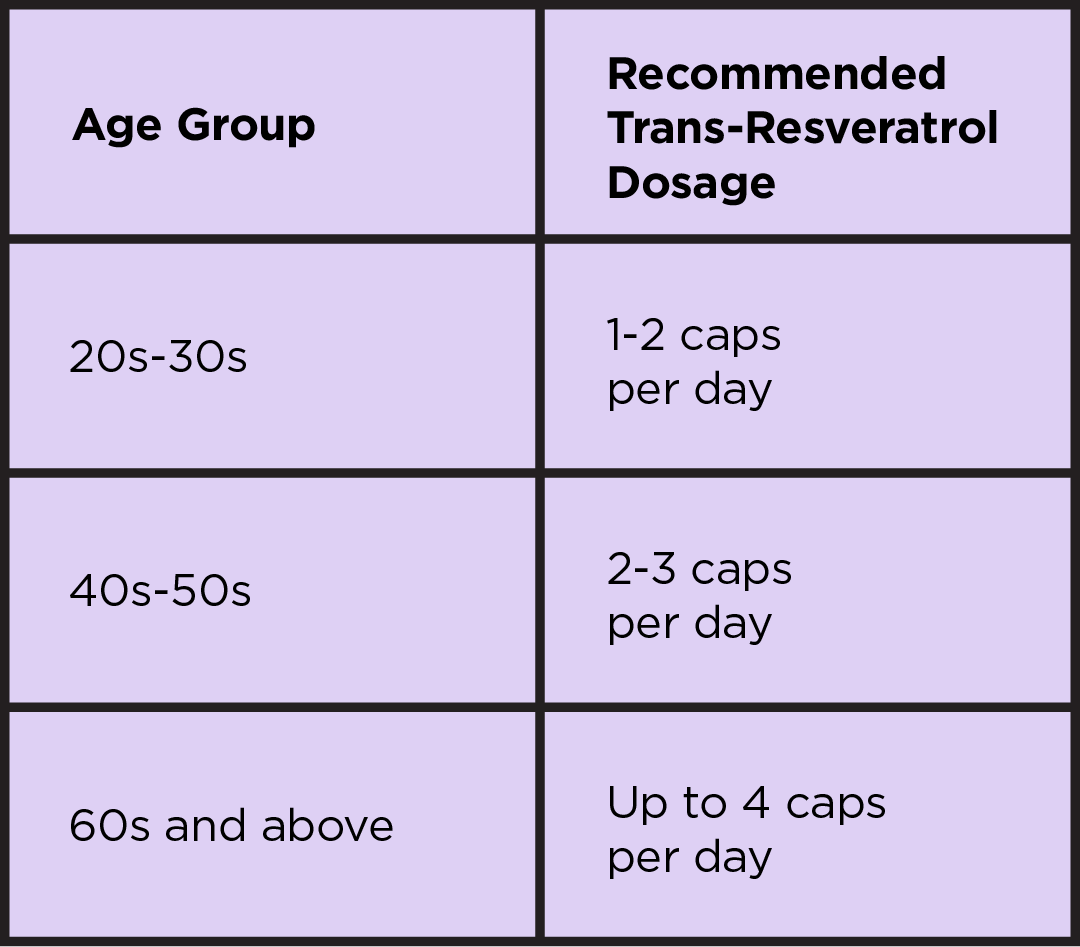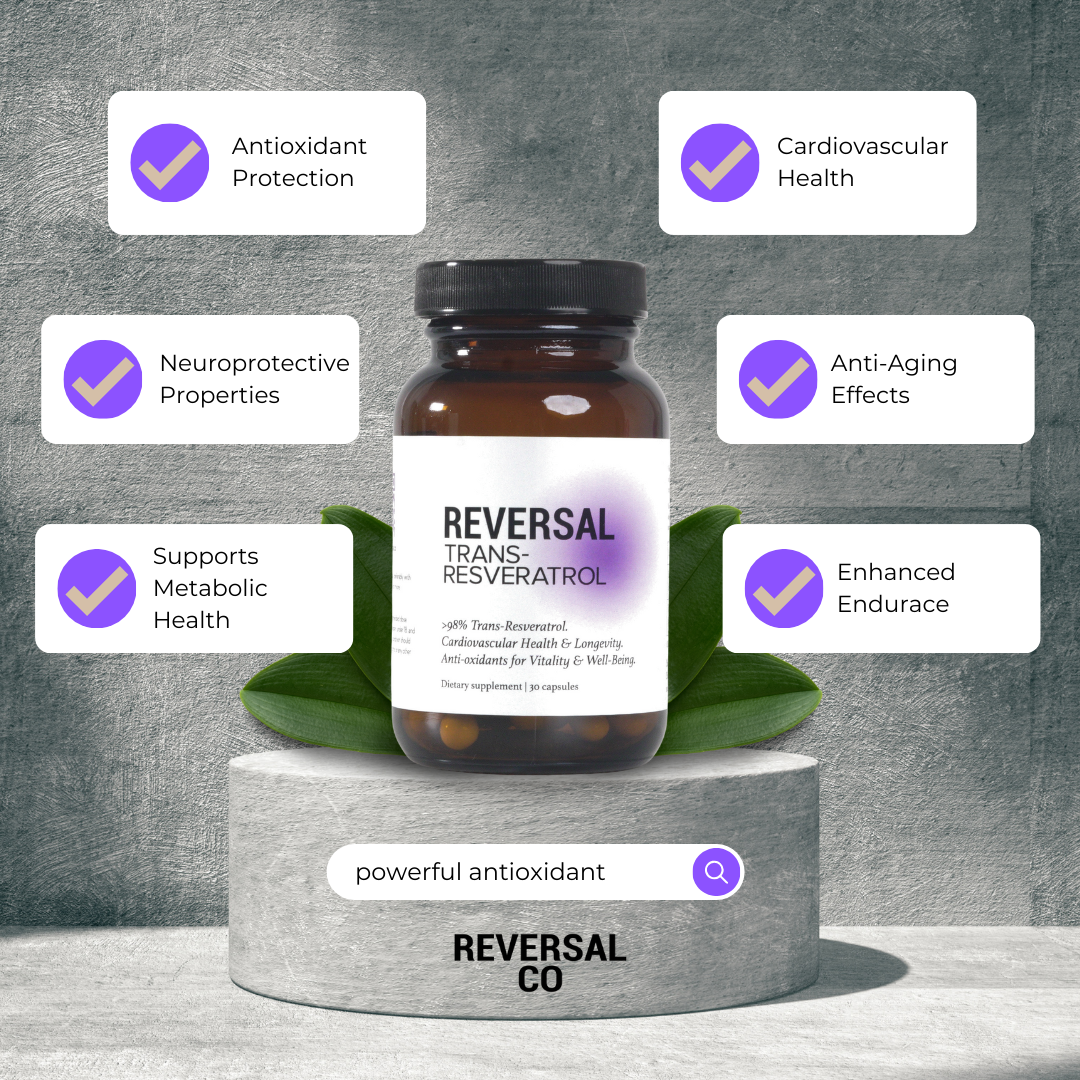One of the cutting-edge realms of scientific research has been drawing an increasingly significant portion of society's attention, the study of anti-aging agents, or in more academical terms, cellular longevity. Of particular interest are two chemical compounds, NMN (Nicotinamide Mononucleotide) and Alpha-Lipoic Acid (ALA), both widely studied for their potential benefits to cellular health and longevity. Here, we'll delve into this sphere and compare these two intriguing compounds.
NMN
recognized as a precursor of NAD+ (nicotinamide adenine dinucleotide), operates as an essential carrier molecule for electrons and, therefore, plays an integral role in cellular respiration. A study published in Cell Metabolism revealed that boosting NAD+ levels through NMN supplementation could reverse certain aspects of aging in mice. Another research, published in Nature, showed a direct correlation between a decline in NAD+ levels in older mice and the aging process. It also demonstrated that replenishing NAD+ through NMN helped mitigate the effects of aging in mice. But it is necessary to interpret these results with caution since translating findings from mice to humans isn't straightforward.
Alpha-Lipoic Acid (ALA)
is an organosulfur compound derived from caprylic acid. It serves several pivotal functions in the body, including working as an antioxidant, reducing inflammation, and aiding in sugar metabolism. A systematic review in the Journal of Dietary Supplements reported that supplemental ALA could reduce body weight in obese individuals with its potential mechanisms related to appetite suppression and increased energy expenditure. Notably, ALA has been extensively studied in humans, and its safety profile and benefits are relatively well-established.
Between NMN and ALA, one critical point of distinction lies in human study. While NMN has shown impressive results in animal models, it has yet to garner the same empirical support in human trials. In contrast, ALA has a sturdy body of human-based literature endorsing its effectiveness and safety.
Moreover, NMN and ALA seemingly have different primary utilities. While NMN's primary function is more directed at maintaining and supporting cellular health through augmented NAD+ levels, ALA tends to play a broader role, from antioxidant properties to metabolic support. According to a paper in Antioxidants & Redox Signaling, ALA can also regenerate other antioxidants like Vitamin C and Vitamin E within the body, further boosting its antioxidant capacity.
Yet, both substances could play potential roles in metabolism. While ALA's involvement in sugar metabolism is relatively well-established-with some studies suggesting it could help manage symptoms of type 2 diabetes-NMN is just beginning to show potential. Early research, like a trial published in Science Advances, supports that restored NAD+ could help maintain healthy glucose levels, thus improving metabolic health.
In terms of safety and side effects, ALA is generally considered safe with few side effects. At high doses, some people might experience stomach upset or allergic reactions. On the contrary, long-term safety data for NMN is scarce, as researchers have been primarily focusing on its potential efficacy. However, short-term studies suggest that it's likely safe, with no serious side effects of NMN consumption reported.
In conclusion, both NMN and Alpha-Lipoic Acid offer promising platforms for research into cellular health and longevity. NMN, through its potential to boost declining NAD+ levels in the body, could offer important insights into the process of aging. Meanwhile, Alpha-Lipoic Acid continues to build on its sturdy base of evidence showing its robust benefits to metabolic health and antioxidant support.
Despite the diverging paths their research traverses, the ultimate objective of both NMN and ALA is shared-that is to uncover how we can better care and fuel the intricately immense cellular universe within our bodies. As the curtain of scientific discovery continues to roll back, there is a growing anticipation surrounding what roles these two agents could play in our understanding of cellular health, aging, and perhaps, longevity.


